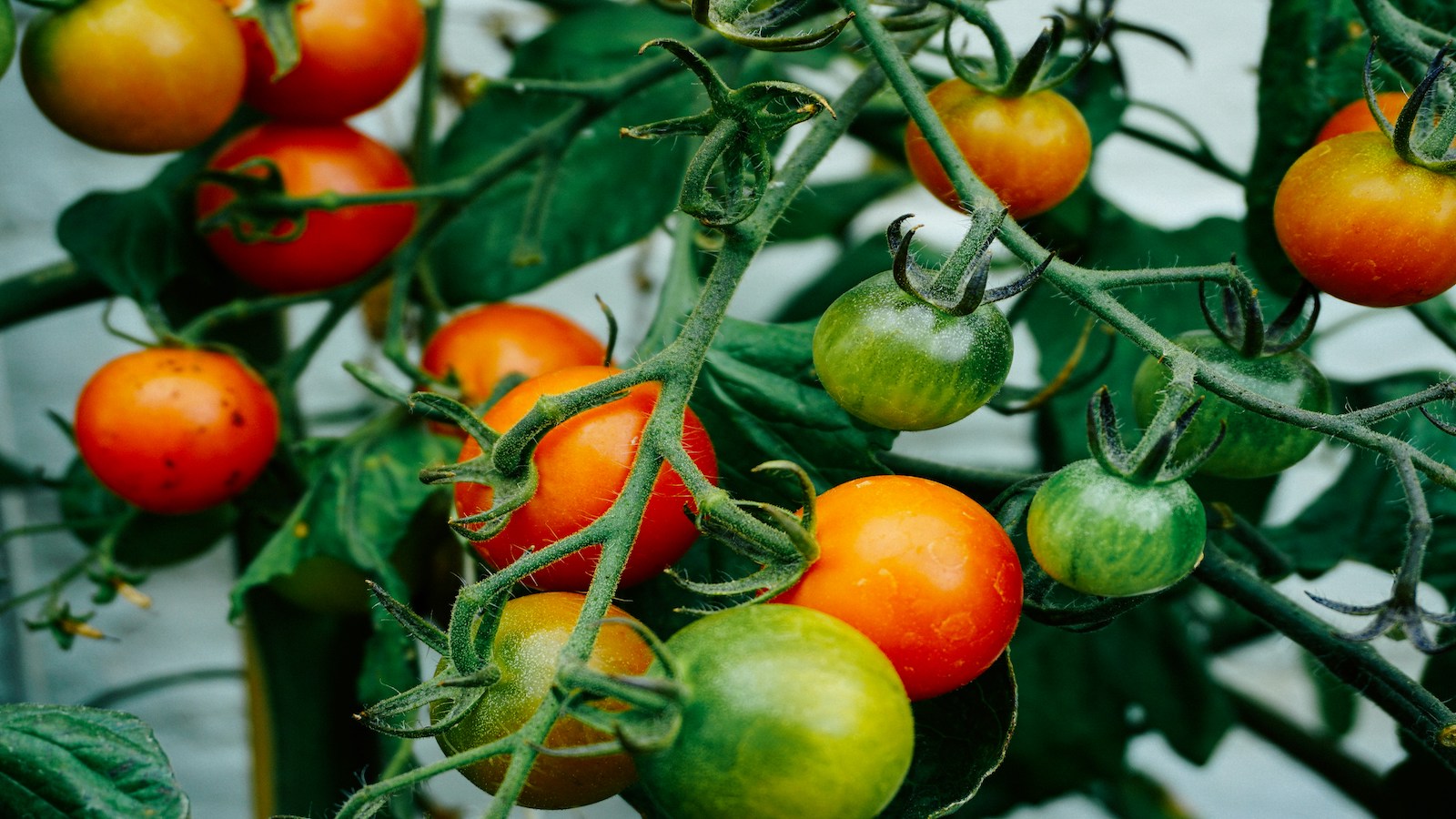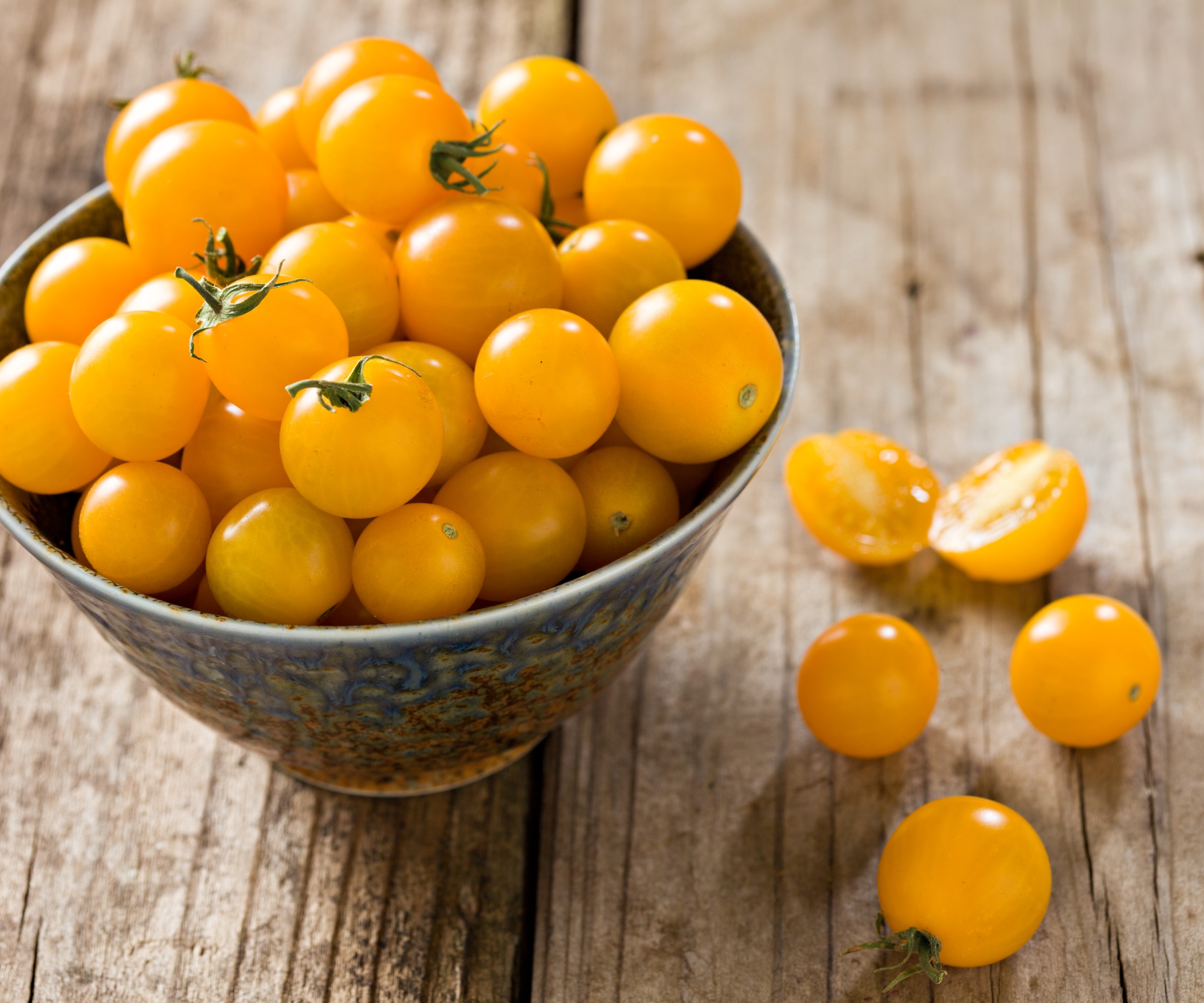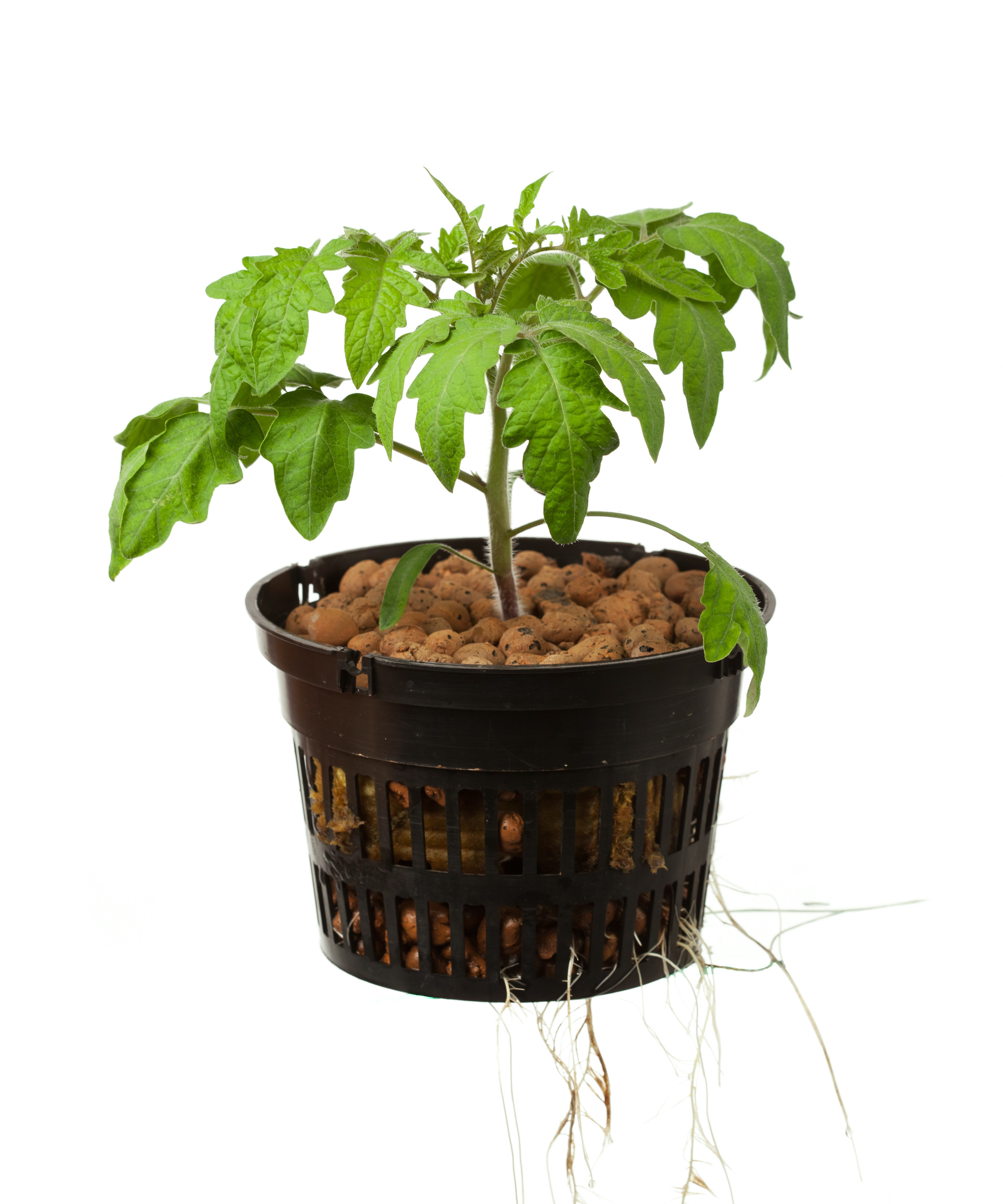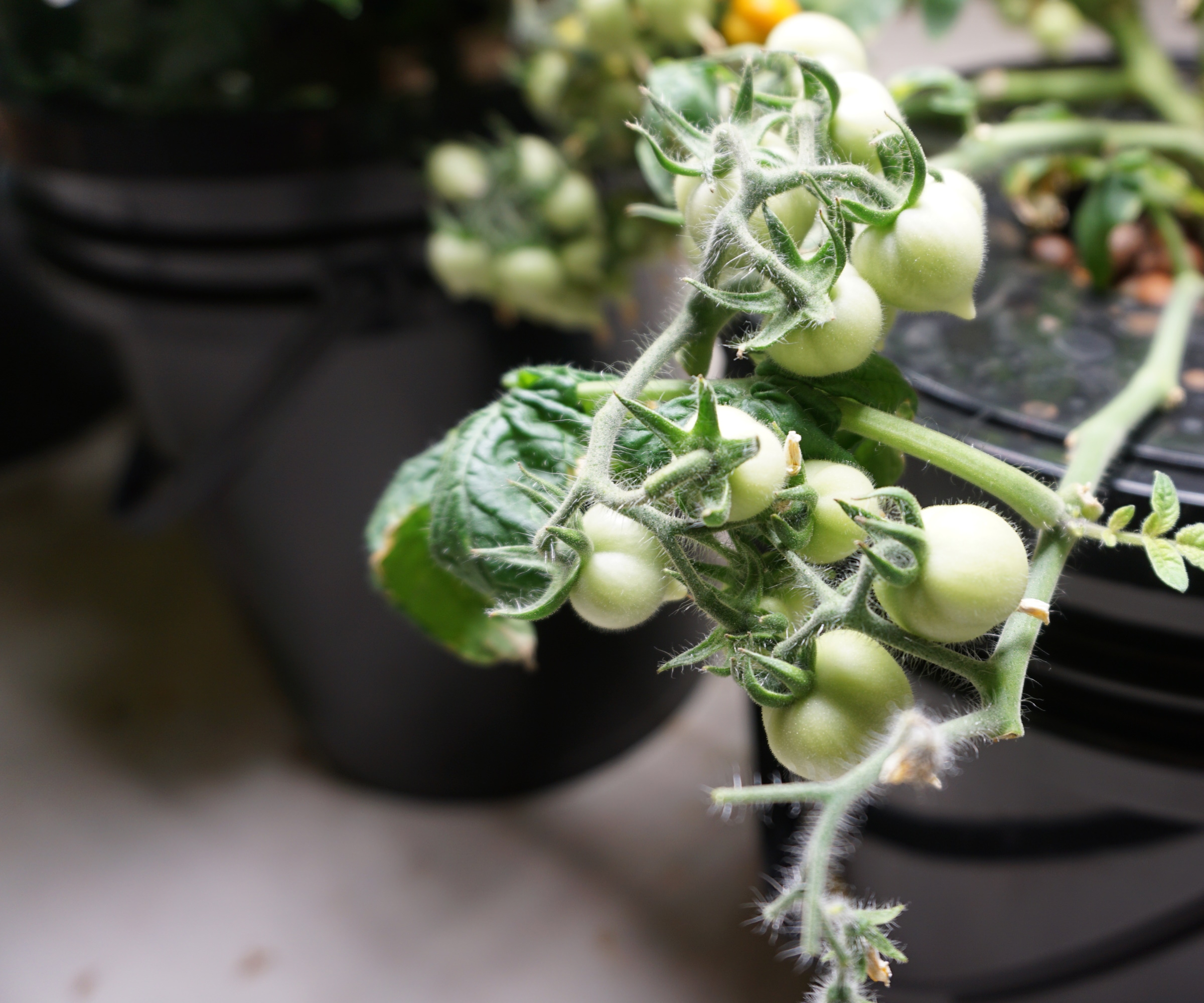
The biggest mystery about tomatoes used to be whether they were a fruit or vegetable (botanically, it’s a berry). These days, the more pressing question - especially from urban and indoor gardeners - is can you grow them in water?
We are accustomed to seeing the tall stems and vines of tomatoes growing in vegetable beds in the yard or shooting up from containers full of potting mix in a sun-kissed spot. However, they can thrive just as well, or even better, in nutrient-rich water in a hydroponic system.
This is a sustainable gardening method that is gaining traction as a more space-efficient and faster way of growing vegetables, herbs and salads indoors. It has the added bonus of less weeding, of course, and can actually reduce water waste. We look at what is needed to master this modern way of growing tomatoes.

Equipment you will need
‘When it comes to setting up a hydroponic system for successfully growing tomatoes, one of the simplest that's suitable for home setups is the deep water culture method,’ says Andy Thewlis, farm manager at The Inn in Little Washington.
For this Andy suggests you will need:
- A five gallon food-grade bucket, available on Amazon
- 6-10 inch basket, such as this from Amazon, to sit on top of the bucket
- Porous and pH neutral clay pebbles to fill the basket
- Small, single-port air pump, available from Amazon
- A five inch cylindrical air stone, available from Walmart 1/4-inch air tubing
- Fan for air circulation
- High-power, full-spectrum grow light - the Sansi grow light from Amazon is a popular pick
- Hydroponic fertilizer containing essential nutrients like calcium
- A digital meter, such as this from Amazon, for monitoring temperature, pH levels, and electrical conductivity
How a DIY tomato hydroponic system works

The tomato seedlings are placed into the pebbles in the basket suspended above the bucket. Small, sweet tomatoes grow particularly well using hydroponic methods, so try something like the flavorful Roma tomatoes from True Leaf Market.
The roots gradually reach down into the bucket and will be immersed in the well-oxygenated mix of water and nutrients. Before this happens, you will need to hand water the seeds and seedlings.
The air-stone should be placed in the base of the bucket, and be connected to the pump via tubing to oxygenate the water, similar to an aquarium. A grow light placed above the tomatoes will help the plant to photosynthesize.
The benefits of hydroponics

Much of the water regularly poured or sprinkled onto tomatoes growing in a vegetable bed or in a pot can go to waste as it sinks deep into the soil beyond the roots or is lost to evaporation. The water used in a hydroponics system, however, stays in the reservoir or is recirculated. Any exposed surfaces can be covered to prevent the risk of water loss through evaporation.
One of the biggest pluses to growing with hydroponics is the only thing that grows is what you plant. So you don’t have to waste precious minutes and hours dealing with unwanted weeds that are blown into your yard by the wind or are hidden in soil.
There is also less chance of garden pests and diseases affecting the plants, as the pathogens found in soil are absent and it is easier to keep the whole environment sterile. You can change the reservoir water regularly and can even add beneficial bacteria to help make the plants more resilient.
‘Hydroponics can definitely be more resource efficient than soil-based gardening. It uses less water, and it usually requires fewer pesticides,’ says Andrew Connolly, founder of gardening and flower blog Little Flower Cottage.
‘However it does have a much bigger and more involved initial setup and needs greater maintenance,' he continues. ‘Some of the most common issues you'll face are things like nutrient imbalances, pH fluctuations and waterborne diseases. Regular monitoring and adjustments of the nutrient solution are going to be key for preventing these sorts of problems.'
It's important to have proper air circulation and cleanliness to help keep diseases at bay.
How to avoid issues when growing tomatoes in water

If you are running a hydroponic system, you need to monitor it to ensure optimum performance and an abundant crop of tomatoes. Temperature, nutrient balance and a change in pH levels are all things to watch out for, says Andy Thewlis.
Temperature
‘Maintaining the temperature between 65°F and 72°F is crucial. If it’s too high, the plants may suffer from a lack of oxygen, which can slow their growth. If it's too cold, they can become stunted,' he says.
Nutrient balance
‘An incorrect pH can hinder the plant's ability to take up minerals and it can change quickly. Tomatoes have a voracious appetite, so it's crucial to find the right balance. Adjust nutrient levels according to the plant's growth stage, regularly measuring your fertilizer content to manage quick fluctuations, and watch for signs of tip burn (browning on the leaf edges due to calcium deficiency). For young seedlings, avoid over-fertilization, as high salt concentrations can harm the plant,' says Andy.
pH levels
‘Initially, you’ll need to hand-water the tomatoes, as their roots won’t immediately reach the nutrient solution in the bucket. When they do start absorbing water from the solution, the water level in the reservoir will drop, increasing the concentration of minerals and fertilizers, which can lead to unfavorable pH levels overnight.
‘To avoid this, regularly top off the reservoir with clean water and change the entire solution weekly. This prevents nutrient imbalances and sediment buildup.’
If you are short on space outside, that doesn't mean you can't exercise your green fingers to grow plants and produce. Take a look at the many clever ways you can create an indoor garden.






